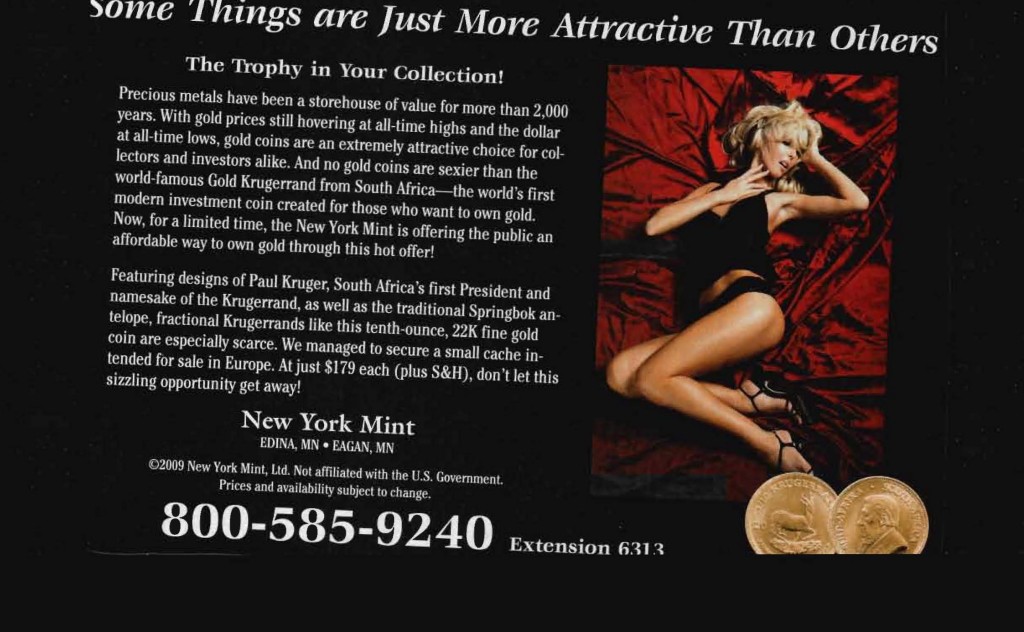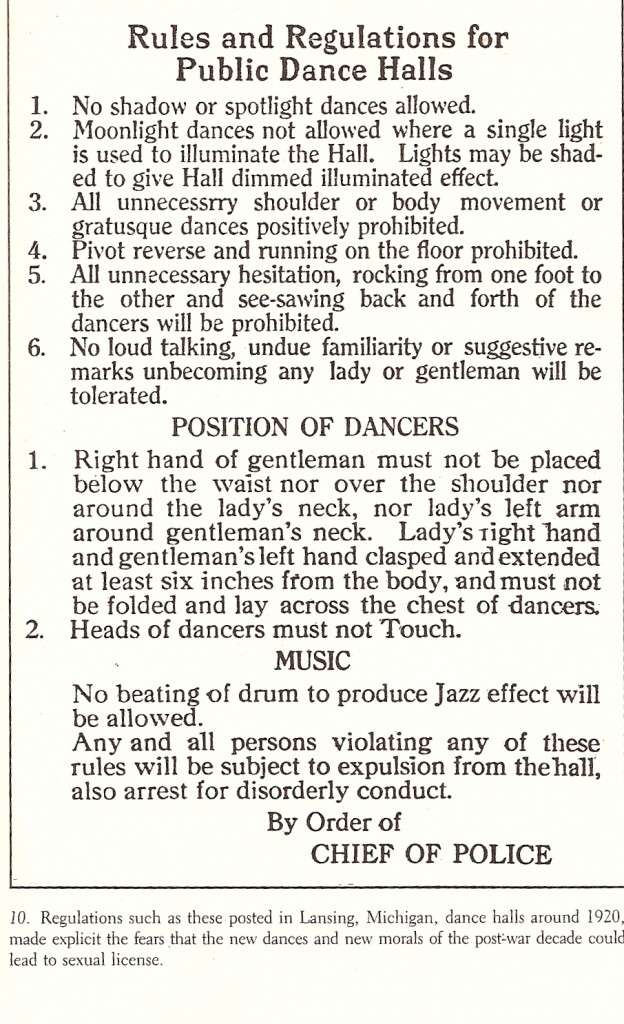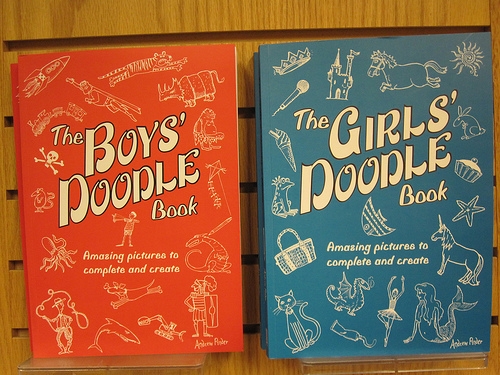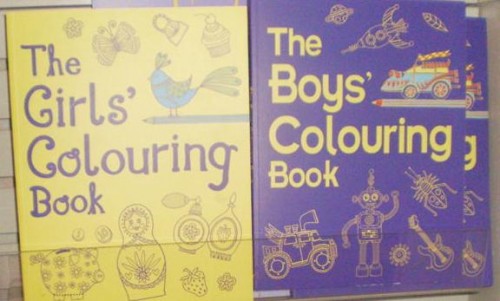In the opening essay to the book Shared Visions: Native American Painters and Sculptors in the Twentieth Century, Rennard Strickland and Margaret Archuleta write,
J.J. Brody in his classic study, Indian Painters & White Patrons, identified the colonial nature of a patronage system that narrowly defined and dictated what was “Indian art”…It seems almost as if definitionally…that paintings by Indians can be considered only in a primitive, aboriginal context. (p. 9)
They discuss Oscar Howe:
…[he was] thwarted in developing new directions in painting and striving to break away from the old stereotypes limiting Indian art…one of Howe’s Cubist style paintings was rejected from the 1959 Indian Artists Annual because it was “non-Indian” and embodied a “non-traditional Indian style.” (p. 9)
Strickland and Archuleta quote a letter from Howe to a friend:
“There is much more to Indian Art, than pretty, stylized pictures…Are we to be held back forever with one phase of Indian painting…?” (p. 10)
What Strickland, Archuleta, and Howe (as well as other contributors to Shared Visions) are discussing is the pressure American Indian artists have often faced to create a certain type of art. This pressure may come from other Indians or from non-Indians. Non-Indians have often had significant power over Indian artists because of their role as benefactors (providing money for artists to attend The Studio at the Santa Fe Indian School, for instance) and because non-Indians are the majority of buyers of art created by American Indian artists. And benefactors and art collectors often have a certain idea of what “Indian art” is, which includes assumptions about both themes and styles. Specifically, they want “traditional” images that depict Native Americans in a pre-modern world, often including images of animals.
I couldn’t help but think of that book when I recently picked up a tourist-oriented guide to Taos, New Mexico. Now, don’t get me wrong: I’m not saying there is anything necessarily wrong with any of the particular art pieces (or with “traditional” type Indian art more broadly). I’m also not claiming these particular artists feel their artistic expression is limited by preconceived notions of what counts as “Indian art.”
What struck me was just the homogeneity of the images found in the guide, which seemed to more or less fit the mold of the stereotypical idea of “Indian art.” It brings up the question: what is Indian art? Is it any art made by an American Indian? Or does it only count if it fits in with non-Indians’ preferences for what Indian art should look like? What if a White person, say, masters the “traditional” style–is it Indian art then? Over the years a number of American Indian artists have created art to intentionally challenge the idea of the romanticized 19th-century Indian as well as what Indian art can be. For instance, Fritz Scholder painted “Indian Wrapped in Flag” in 1976, in an attempt to deconstruct images of Native Americans (p. 16 of Shared Visions).
Both Indians and non-Indians picketed some of Scholder’s shows in protest.
Similarly, T.C. Cannon painted “Osage with Van Gogh” (I’ve also seen it titled “Collector #5“; from around 1980), which reverses our idea of who collects or appreciates which type of art by showing a Native American collecting a European artist’s work. Another great piece is “When Coyote Leaves the Reservation (a portrait of the artist as a young Coyote)” by Harry Fonseca (1980). See images here.
So are those pieces Indian art? Does it count as “Indian art” only if it contains specific styles and themes? In which case, does it remain a sub-genre of art–part of “ethnic” art, as opposed to the neutral, non-marked mainstream art world? Are Indians who paint or sculpt or play music in ways that don’t fit the existing idea of Indian art not “authentic” Indian artists? If we accept that premise, “Indian art” is, as Howe said, “held back forever,” with themes and styles frozen in time and artists discouraged from experimenting or innovating in their work, as Howe learned so clearly. This tendency is apparent in other elements of U.S. culture, of course: movies like “Dances with Wolves,” books about “noble savages,” and conflicts over what types of technologies American Indians can use when spear fishing (with non-Indians arguing Indians should only be able to use the methods that their tribes used in the 1800s) all indicate a wider perception that “authentic” Indians should inhabit a time-warp universe in which their cultures and lifestyles have remained basically unchanged since the late 1800s or early 1900s, a requirement we don’t ask of other groups.
For more evidence that Indians are represented, and expected to represent themselves, anachronistically, see this post.
UPDATE: Commenter Camilla points out a documentary that asks similar questions about “African” art:
Gwen Sharp is an associate professor of sociology at Nevada State College. You can follow her on Twitter at @gwensharpnv.Christopher B. Steiner produced a fantastic anthropological documentary about the market for “African” art that addressed many of these same issues. It’s called “In and Out of Africa”…It explores the issue of how ideas such as “authenticity” and “tradition” are socially constructed phenomena. It also questions why particular types of “ethnic” art are successful in Western markets, while others are not.













